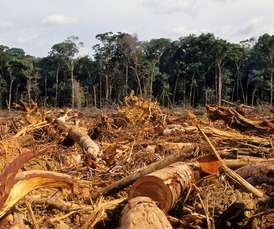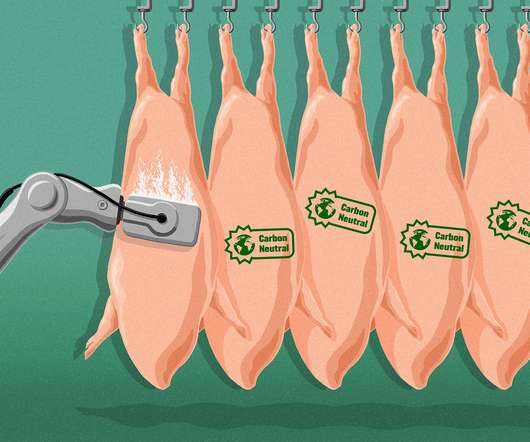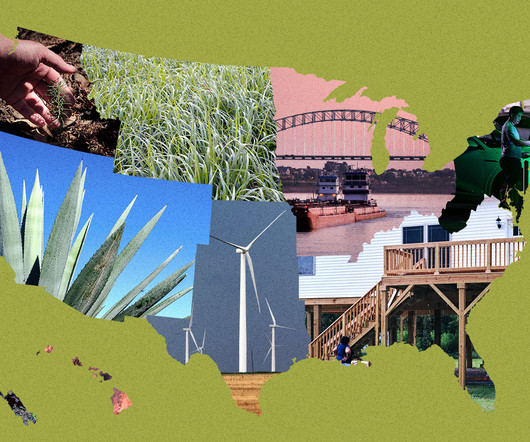Double materiality: Why nature risk and climate risk are two sides of the same coin
Business Green
AUGUST 26, 2020
Analysis by Carbon Tracker last week tallied up total oil sector write-downs at $87bn over the past nine months, thanks to a combination of lower oil demand and the accelerating clean energy transition. Similarly with soil erosion, mangrove destruction, and loss of peatland, all of which pose myriad threats to both climate and nature.














Let's personalize your content